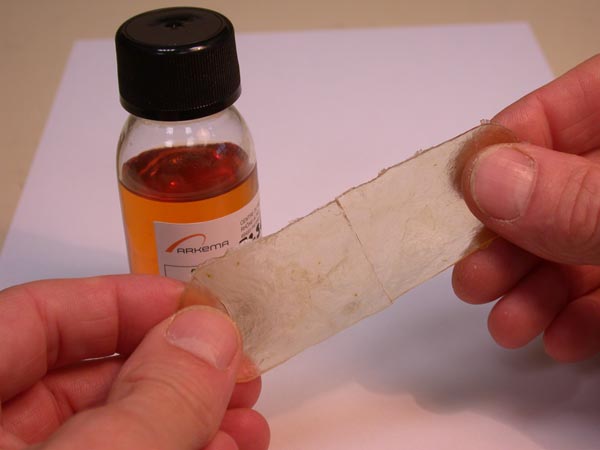Do You Know “Thermoelectric Materials” ?
Thermoelectric materials show the thermoelectric effect in a strong and/or convenient form. The thermoelectric effect refers to phenomena in which a temperature difference creates an electric potential or electric potential creates a temperature difference: Specifically, the Seebeck effect (temperature->current), Peltier effect (current->temperature), and Thomson effect (conductor heating/cooling). While all materials have a nonzero thermoelectric effect, in most materials it is too small to be useful. However, low cost materials that have a sufficiently strong thermoelectric effect (and other required properties) could be used for applications including power generation, refrigeration and a variety of other applications.
Production methods for these materials can be divided into powder and crystal growth based techniques. Powder based techniques offer excellent ability to control and maintain desired carrier distribution. In crystal growth techniques dopants are often mixed with melt, but diffusion from gaseous phase can also be used. In the zone melting techniques disks of different materials are stacked on top of others and then materials are mixed with each other when a travelling heater causes melting. In powder techniques, either different powders are mixed with a varying ratio before melting or they are in different layers as a stack before pressing and melting.
You might also like
| Smart Materials : Dielectric Elastomers What is Dielectric Elastomers ? Dielectric... | Plutonium Alloys What are Plutonium Alloys ? Plutonium is... | Smart Materials What are Smart Materials ? Smart materials are... | Smart Materials : Self-Healing Materials What is Self-Healing Material? Self-healing... |

 Alloy Suppliers
Alloy Suppliers
 Aluminum
Aluminum
 Aluminum Extrusions
Aluminum Extrusions
 Copper-Brass-Bronze
Copper-Brass-Bronze
 Nickel
Nickel
 Magnets
Magnets
 Stainless Steel
Stainless Steel
 Stainless Steel Tubing
Stainless Steel Tubing
 Steel Service Centers
Steel Service Centers
 Titanium
Titanium
 Tungsten
Tungsten
 Wire Rope
Wire Rope